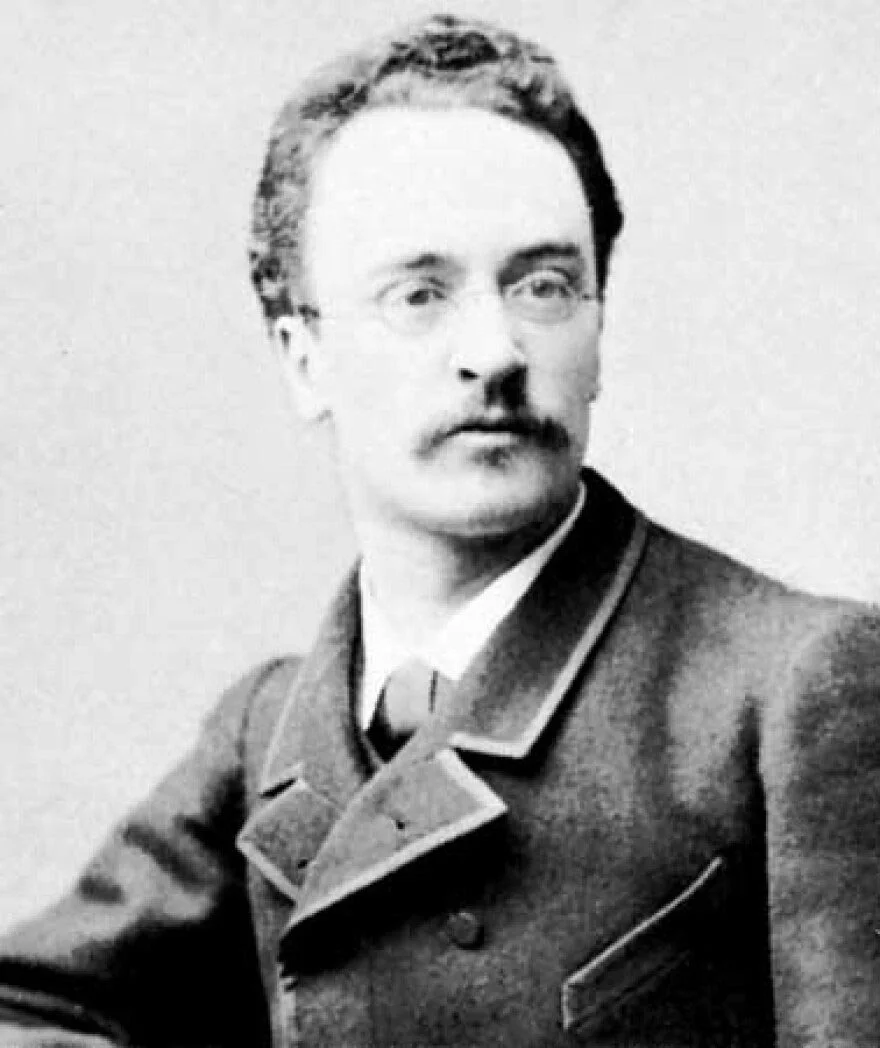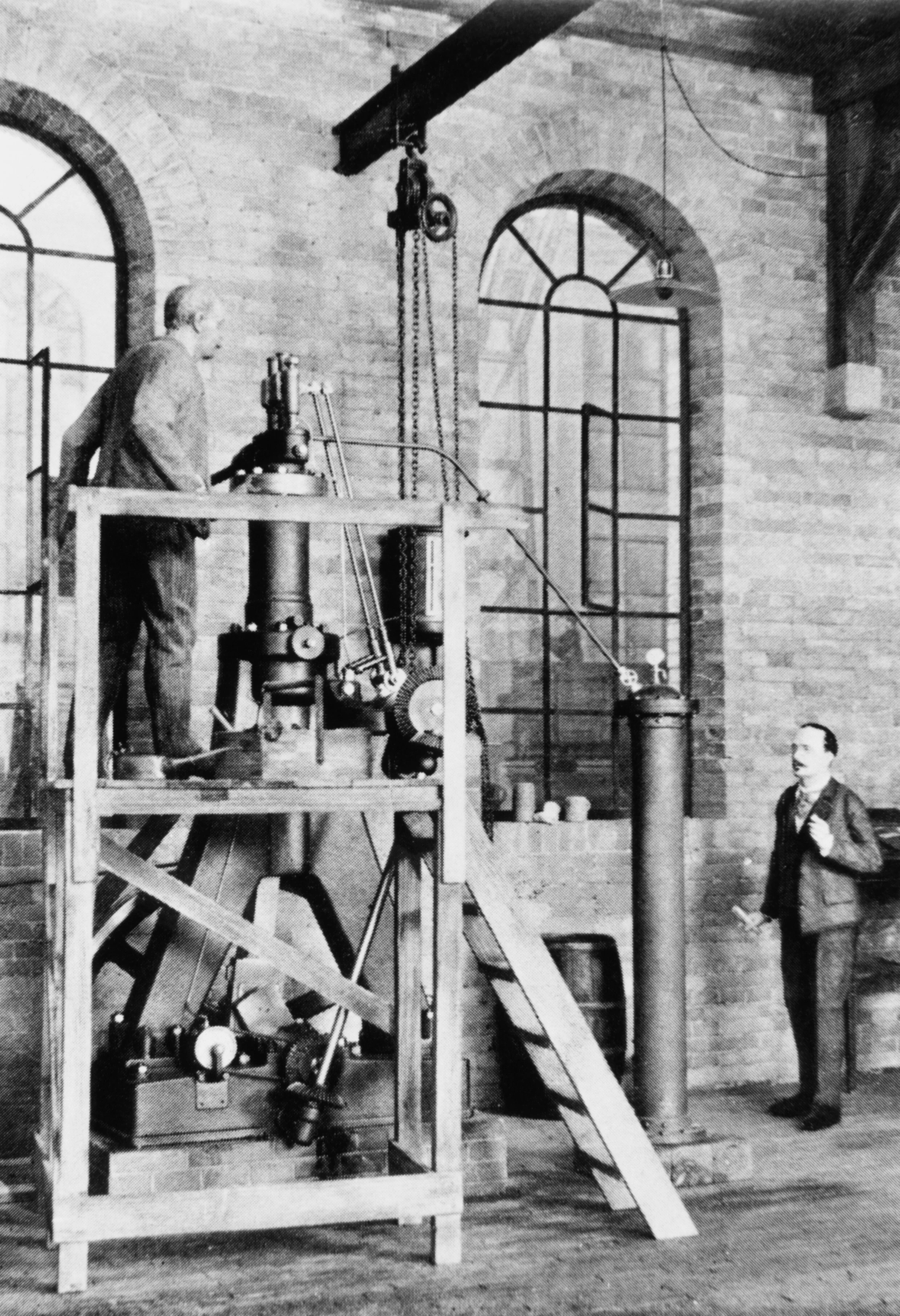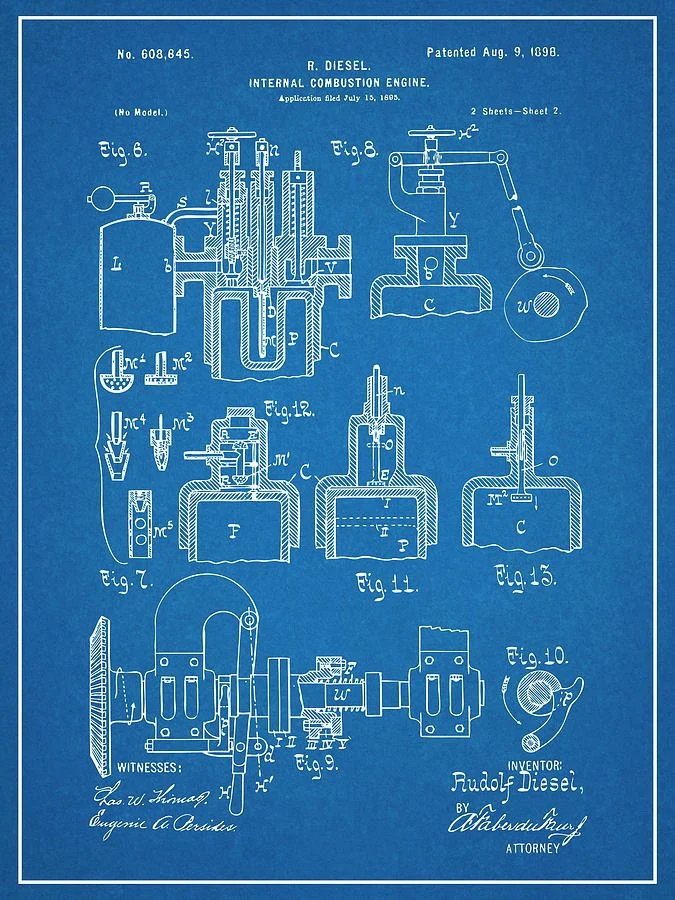"The Diesel engine can be fed with vegetable oils and would help considerably in the development of agriculture of the countries which use it."
- Rudolf Diesel

GREASE - FAQ
Curious about grease are ya? Well, you’ve come to the right place. This little accordion below is packed full of information and helpful links to help you wrap your head around this insane situation.
-
The main objective of the conversion is to lower the viscosity of vegetable oil, which can easily be achieved by heating it up. At ambient temperatures vegetable oil is a bit thicker than diesel fuel and at cold temps, both are at risk of ‘gelling’ or starting to coagulate. What is typically done in a vegetable oil conversion is to start by creating a separate tank that is specific to grease, yet maintaining your original diesel tank, or installing a smaller one.
Custom welding a vegetable oil tank is probably the biggest hurdle of the conversion, unless you own a TIG welder. An easy way to heat this tank is to run a steel tube at the base through the tank and then another one back. What you can do is tap into the vehicles antifreeze system and re-route some of the 230º glycol through these tubes. This requires that you always start up and shut down on diesel, or biodiesel (which is different from straight vegetable oil, no glycerin to contend with). With the use of a switching solenoid, you can start up on diesel and drive a couple miles until you see that your temp gauge starts to creep up towards the 200º range. This ensures you that the vegetable oil tank, and the lines to and from it are hot.
With the grease thinned down via the anti-freeze heat it is ready to get sprayed into the combustion chamber. Improper heating can lead to improper spray patterns, which can ‘coke’ injectors and generally run like crap because some cylinders aren’t firing while others are. This can cause you to stall with an injector pump full of ambient temp grease, which is bad news. Sometimes flushing the fuel system is required if you run into this type of situation.
To reiterate, the main goal of the entire conversion is simply to heat the grease up through heat exchange with anti-freeze.
Aside from the heating issue you also need to filter and de-water the warm grease, which can be achieved with a semi-truck fuel filter called a Racor 1000FH. It is highly recommended that you pre-filter the grease prior to putting it into the vegetable oil fuel tank. This is why on the back of most of my past vehicles you see two pre-filter boxes where we gravity feed the French fry oil directly in. I always have two because the grease filters slowly, especially when cold, and so you can top off one and then the other and just go back and forth. I worked with a major filtration company called Cuno, which I think got bought out by 3M, but anyways, I designed a three-stage sock filter with them, which nested a ten micron fiber, over a five micron fiber, over a two micron fiber sock.
They just called it the ‘Grease Not Gas’ filter and I believe they still over it at Eggelhof Industries.
-
As long as the grease is heated, filtered and de-watered it’s not bad for the motor at all. That being said, grease, and especially biodiesel, can be hard on black rubber components like fuel lines, gaskets, and/or o-rings. Sometimes it’s necessary to swap them out with nitrile or superthane. A properly installed vegetable oil conversion will actually yield slightly better fuel mileage than diesel and can also lubricate and clean the lift pump, the injection pump, and the injectors themselves.
-
Biodiesel is just vegetable oil that has gone through a chemical process where the glycerin has been released from its bonds and removed from the fuel. Glycerin is the main contributor in making ‘Straight Vegetable Oil’ thick. So you can convert a vehicle to deal with heating vegetable oil, or you can convert every gallon into biodiesel and put that in any diesel motor. Biodiesel still has a higher gel temperature than diesel though, so don’t forget to plug your block heater in if you’re going to try and start up a diesel motor on biodiesel in the winter. ‘Straight vegetable oil’ usually means soybean oil, but it can be peanut, olive, or otherwise with glycerin intact. ‘Waste vegetable oil’ means it was used in a restaurant to fry food first. I’ve never burned virgin SVO because it seems reckless to divert a food-crop to a fuel tank when you can get it our of the grease-trap for free and post-food use.
-
Sorry, I do not. I’ve been way down that road and it’s just a can of worms. I found once you mess with someones vehicle they’re going to start calling you to top off their blinker fluid and swap out their muffler bearings. Both of which are completely made up, but you get the idea. I once was flown across the entire country to tighten the top of a fuel filter and then flown straight home. Nowadays I have children who I would rather spend my time with.
-
I would start by researching where you’re going to get the grease first. There was a ‘golden-age’ of grease-travel where renderers were charging a lot more to dispose of the stuff and so it was really easy to find free fuel just about anywhere, but those days are behind us. The good news there is that thanks to the biofuel-movement more grease is kept out of the waste stream and processed into biodiesel, as it should be.
However, if you find a solid local source for waste vegetable oil the next thing would be to find a vehicle to convert and figure out what you want to do about designing and fabricating a tank. A pick-up truck is a great option since you can make a tank that fits in the bed and have lots of room for filtration. I always liked converting 7.3 liter Fords (the Piebald van and all the Greasebuses), so after the indirect injection (IDI) years of the 7.3 and into the ‘powerstroke’ years which I think ran from 1994 - 2010 or so. I don’t know. You’re on the internet right now though, you’ll figure it out.
-
This probably depends on what state you live in and who you ask, but what the legality really comes down to is using fuel that doesn’t pay into the highway tax to fill potholes and such. This tax is usually collected at the pump and built into every price-per-gallon. However, in Oregon, we have something called a ‘Use-Fuel Tax’ where you can track your milage, keep a log and pay the tax retroactively. We did this with our daily inspections on all the Greasebuses for the Federal Motor Carrier Safety Administration and the actual cost of the tax is negligible.
From an emissions standpoint you’re well within the legal limits for diesel exhaust, but I’ll address that more below.
-
One time the EPA made a surprise visit to my house in a white unmarked van. It felt like something out of the X-files and they had this insane little lab on wheels where they could burn fuel and test for purity. They dipped a long tube into each of my vehicles fuel tanks and were shocked out how clean the emissions testing came back. I asked them if I could video the process and they actually let me, so I have proof of this!
Anyways, yeah, no surprise the diesel motor runs cleaner on the stuff it was originally designed to run on. As opposed to ‘diesel’ fuel, vegetable oil has no sulfur (for lubrication) mixed into it so a 100% reduction in sulfur-dioxide, which is what causes acid rain. For a really fun afternoon, take your diesel vehicle to your local DEQ test station, tell them you want to do a ‘volunteer’ pay the ten bucks or whatever, get a baseline on diesel, then drive a mile or two on grease, go back for another reading and compare and contrast. You’ll see a dramatic reduction in PAH’s (polyaromatic hydrocarbons), sulfur dioxide, DPM (diesel particular matter) and EC (elemental carbon). That’s a fun time.
-
Spark plugs are for babies. The tough-guy/gal Diesel engine compression is around double what a gasoline engine is working with, hence the louder motor. What happens in the combustion chamber is that the top of the piston essentially squishes any air in this micro-environment to upwards of 500psi. Spray a nice little atomized spritz of diesel, or grease, or starting fluid, or even brakleen (if your total desperate and willing to blow up your air filter), into that super charged atomic storm and the fuel will self-ignite, no external spark required.
So a diesel motor doesn’t have any spark plugs, plug wires, distributor cap, or rotor kit. Which is nice, less is more. On the other hand, diesels do have glow-plugs which are very different. These little guys probe into the combustion chamber and use resistance heat from the battery to warm the air in the chamber just to help get things going. Once a diesel fires up, the glow plugs might kick once or twice more, but after that they aren’t needed to operate the motor. Very different from spark plugs.
-
The only theory I have on why all middle school-aged kids don’t know the tale of Rudolph, and his organic intentions, is mired in conspiracy, which the internet gets pretty weird about these days. That being said, his body was found floating in the English Channel right after some high profile meeting around fueling submarines or some other military endeavor, go ahead and google it.
This is just my own personal speculation, but I would venture a guess that Rudolph may have been early on the list of people the petroleum industry made irrefutable offers to. But look at that photo of him up above, I’m thinking Adrien Brody would be a good fit. Can’t we get Leonardo DiCaprio or someone to fund this thing?!
"The use of plant oil as fuel may seem insignificant today. But such products can in time become just as important as kerosene and these coal-tar-products of today."
- Rudolf Diesel
"The automobile engine will come, and then I will consider my life's work complete."
- Rudolf Diesel




